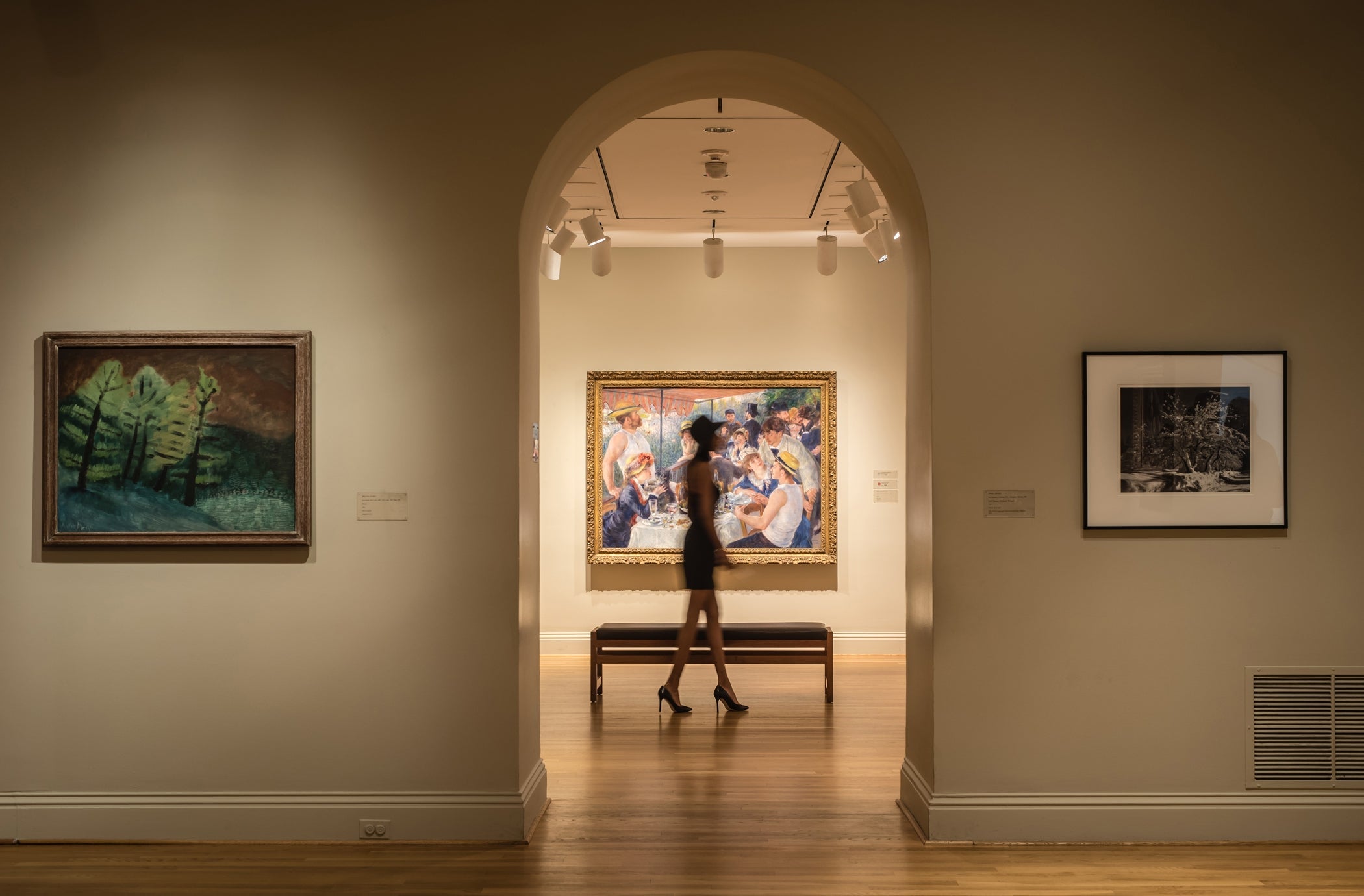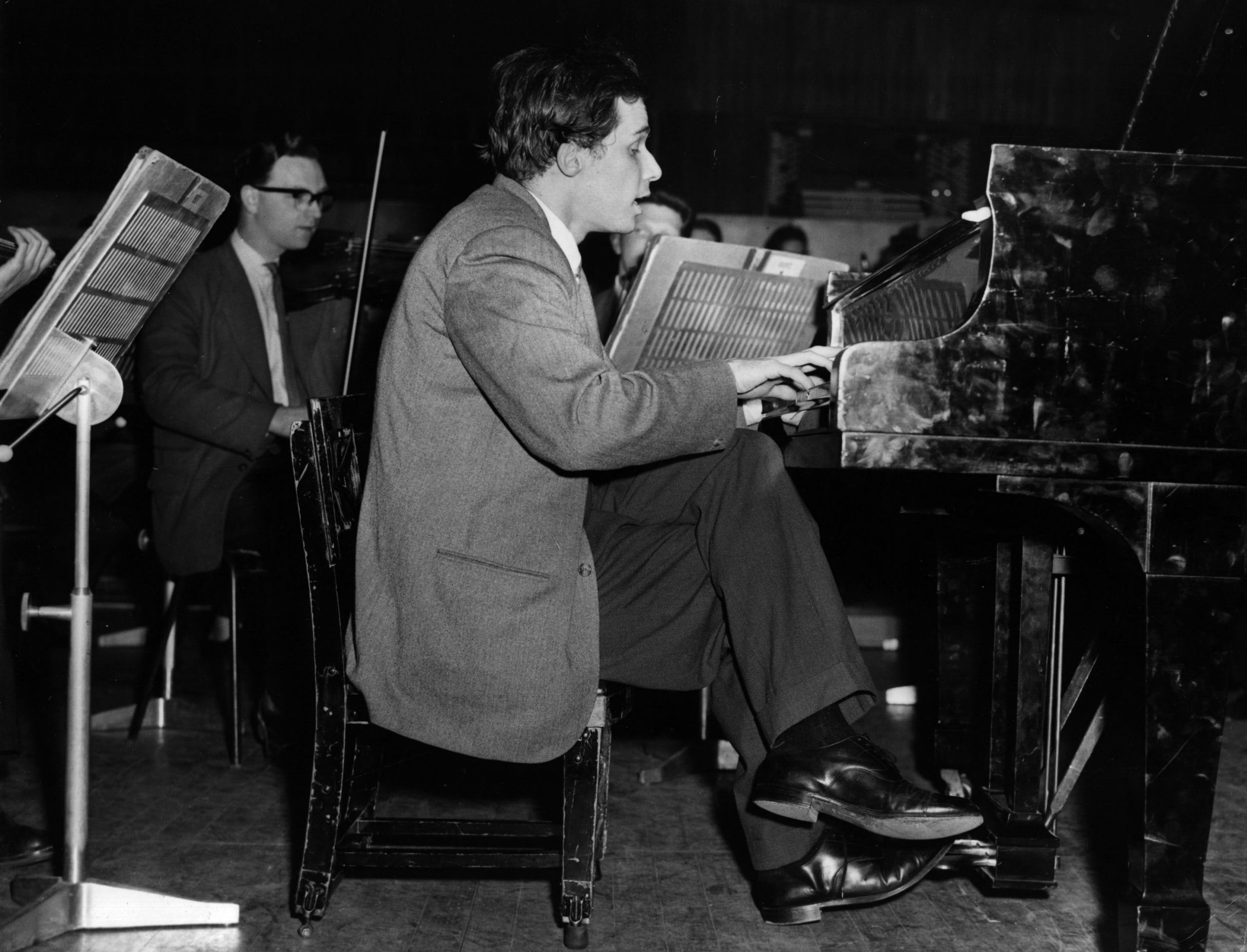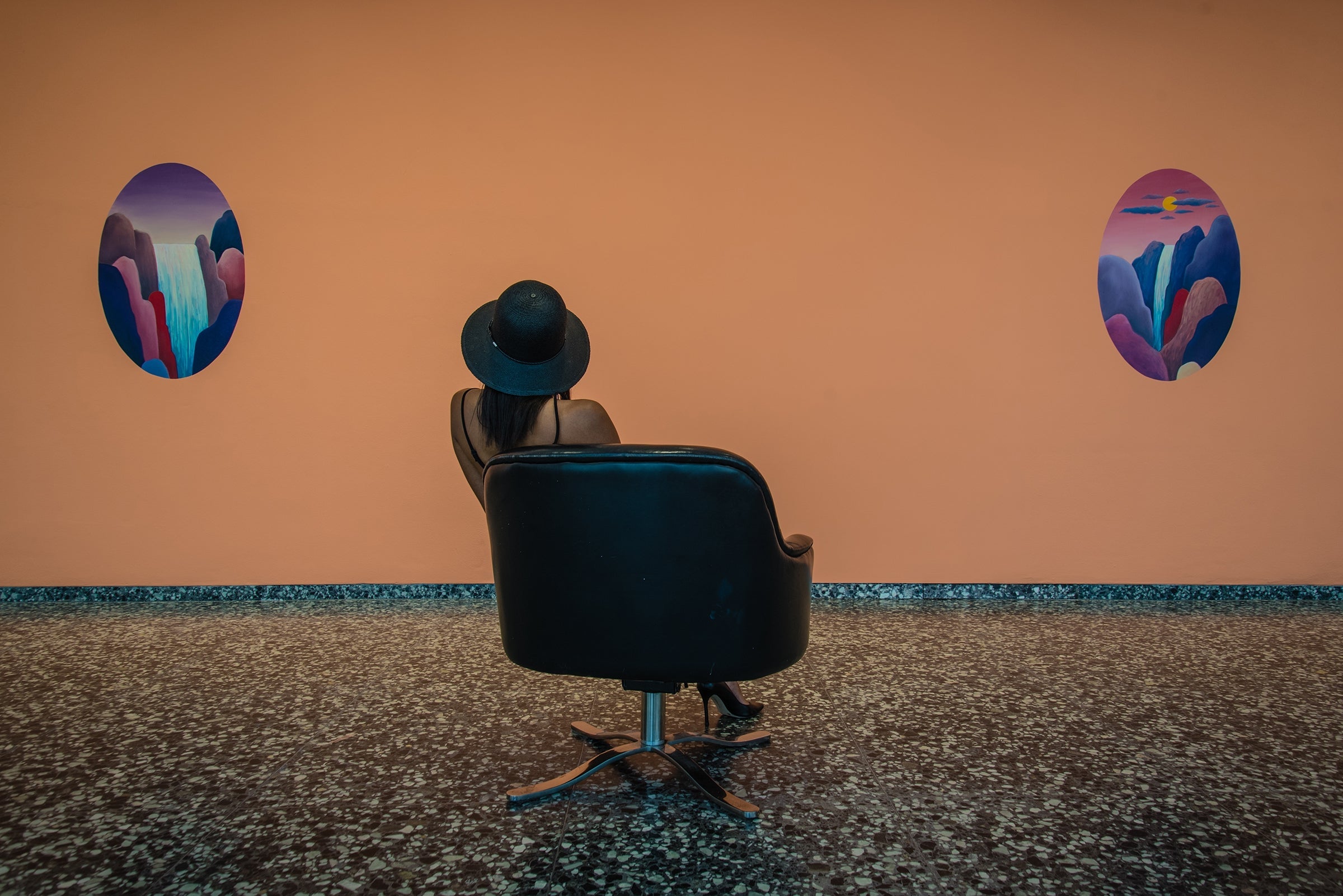‘A splash quite unnoticed’: Art experienced in private can spark great wonder
Art can be a wonderful, collective experience, writes Philip Kennicott. But social distancing has returned us to the old fashioned idea of the power of private contemplation and solitary engagement

Your support helps us to tell the story
From reproductive rights to climate change to Big Tech, The Independent is on the ground when the story is developing. Whether it's investigating the financials of Elon Musk's pro-Trump PAC or producing our latest documentary, 'The A Word', which shines a light on the American women fighting for reproductive rights, we know how important it is to parse out the facts from the messaging.
At such a critical moment in US history, we need reporters on the ground. Your donation allows us to keep sending journalists to speak to both sides of the story.
The Independent is trusted by Americans across the entire political spectrum. And unlike many other quality news outlets, we choose not to lock Americans out of our reporting and analysis with paywalls. We believe quality journalism should be available to everyone, paid for by those who can afford it.
Your support makes all the difference.It could be a long time before we enjoy the arts as a form of social bonding once again. For now, there are no intermissions because there are no concerts, no eavesdropping in the galleries because the museums are all closed, no flirtations across the table because the clubs and cabarets are shuttered. The substitutes for the collective experience of art – the streaming concerts, virtual gallery tours and Zoom improv sessions – are a stopgap, but does anyone want them to become an actual replacement for experiencing art in the company of others?
Yet if we are cut off from experiencing art with others, we are perfectly placed to consider an old and out of fashion idea: the power of private contemplation and solitary engagement. The silence in the room as you read a poem or look at a print, or prepare to listen to a piece of music, isn’t absence. It is the presence of your undivided attention.
Since the culture wars of the late 1980s and early 1990s, the arts have largely rebranded themselves as an essential public good. Arts leaders stress things like connection and engagement, promoting a collective experience, ideally one that can be monetised. New museum buildings are constructed around restaurants, cafes and event spaces. Art forms, such as poetry, which earlier generations may have thought of as a solitary communion, have been reinvented (or returned) to social spectacles, like poetry slams.
Today, we are far more likely to say that the arts take us outside of ourselves, and spur us to make connections with others, and the world, than the opposite – that they drive us inward and make us aware of our isolation and smallness in a grandly scaled universe. But both are true, and perhaps now that one avenue is mostly closed off to us, we might explore the richness of the other.
Throughout the history of the arts, and especially since around the beginning of the 18th century, there has been a recurring belief that the best art, the most true and meaningful, is made apart from the world. Artists need distance to create. They need independence and isolation to free themselves from the conceits of fashion and the desire to please. The idea has encompassed not just creators, but also performers, interpreters and audiences. In 1964, the great Canadian pianist Glenn Gould gave up live performances, in part because they were hard on his nerves, but also because he felt an audience corrupted musical interpretation, encouraging showmanship and superficiality.

That made Gould, for decades, the patron saint of a certain breed of musical connoisseurs, who weren’t ashamed to admit what is now often seen as freakish or perverse: that they preferred recorded music to live concerts, that they found audiences a distraction and would rather hear music alone, in the home, in perfect sessions of sweet, silent thought. The public perception of art in isolation has evolved from a sense that it is an enervating substitute for real life – young people in the 19th century were warned not to spend too much time alone in their rooms reading novels – to the popular calumny that it is a marker of mental illness. What does Hollywood’s charismatic psychopath, the murderous Hannibal Lecter, listen to, alone in his cell? Bach’s Goldberg Variations, which was Gould’s signature piece.
No two people share the same aesthetic experience. Learning to accept, indulge and even revel in this fact is part of what art does
In part, the devaluing of creative and self-sufficient solitude was about democratizing the arts. The connoisseur might claim to find meaning and value in private contemplation of art, but this was a function of class and education, a pose of his or her privilege. You can hear what advocates for a more popular and public experience of art found so distasteful in the connoisseur’s solitary pursuits in these lines from Joseph Addison’s classic 1712 essay “The Pleasures of Imagination”: “A man of polite imagination is let into a great many pleasures, that the vulgar are not capable of receiving. He can converse with a picture, and find an agreeable companion in a statue. He meets with a secret refreshment in a description, and often feels a greater satisfaction in the prospect of fields and meadows, than another does in the possession. It gives him, indeed, a kind of property in everything he sees, and makes the most rude, uncultivated parts of nature administer to his pleasures: so that he looks upon the world, as it were in another light, and discovers in it a multitude of charms, that conceal themselves from the generality of mankind.”
But one needn’t use Addison’s sniffish language (“polite” and “vulgar” and “the generality of mankind”) nor his fundamental metaphor – that aesthetic pleasure gives us dominion or ownership of transient things – to accept his general premise that there are pleasures we cultivate in isolation that can sustain us.
Even more important, we needn’t be confined by the idea that art is fundamentally about pleasure, shared or otherwise. The experience of art in isolation has been loaded with negative associations about snobbery and mental instability because, in some ways, it is more intense and more painful than art experienced in more social contexts. We are so used to this idea – that the essential thing about art is to share it, to say to others, “Here, look at this” – that we neglect one of the most painful and profound things about the contemplation of aesthetic objects: that there are depths to the experience that are fundamentally incommunicable.
In that, art is like life. There is painting called Landscape With the Fall of Icarus, once thought to be by Pieter Bruegel, now believed to be a high-level copy of a missing original by the same artist. It has been an inspiration to poets, including WH Auden and William Carlos Williams, because it depicts, with brutal humour, a simple fact that most of us are loath to acknowledge: Suffering is incommunicable. We may say to a close companion, “I suffer,” but that transfers nothing of the real experience of emotion.

The painting shows the denouement of the old myth about Icarus, son of Daedalus, the artist and craftsman famous for making statues so real that they had to be tied down or they would wander off, like living beings. Daedalus makes wings, fastened with bee’s wax, for his son to fly, warning him not to go too close to the sun or the wax will melt and he will fall to Earth. Unlike other paintings that depicted the story, Bruegel shows us not the moment when Icarus begins to fall, but merely two pale legs sticking out of the ocean, the last of the lad as he drowns. These legs are barely noticeable, a minor visual element; what matters more is the farmer tilling his field in the foreground, indifferent to the event, and a fisherman unflappably tending his line as a young man meets his doom.
“... the ploughman may/ Have heard the splash, the forsaken cry/ But for him it was not an important failure,” Auden wrote in his poem “Musee des Beaux Arts”.
“Off the coast/ there was/ a splash quite unnoticed/ this was/ Icarus drowning,” wrote Williams in his “Landscape With the Fall of Icarus”.
Art binds us to others, but it also helps us grieve for the many things in our lives which will fall like the “splash quite unnoticed”. In that, it helps us anticipate the thing we most dread – the final, solitary experience of life, which is our own death. When you leave the theatre after an exceptional performance, only to find the world as busy and as indifferent as it was before you entered, that is the splash unnoticed. When you find something small, new and miraculous in a piece of music you thought you knew through and through, that is the splash unnoticed. Yes, you may speak of these things to other people, and perhaps, if you are very lucky, they will say they saw or heard the same thing. (If so, grab hold of them and never let them go.)
But even if you manage to isolate and point to the thing, the thing that sparked the wonder or flooded the mind with memory, at some level it will remain fundamentally private. No two people share the same aesthetic experience. Learning to accept, indulge and even revel in this fact is part of what art does. Paradoxically, it makes us better citizens of the world, more alert to its pain, more intent on its salvation. You can learn this lesson in a crowd, to be sure. But you can also learn it alone, and there’s no time like the present.
© The Washington Post
Join our commenting forum
Join thought-provoking conversations, follow other Independent readers and see their replies
Comments